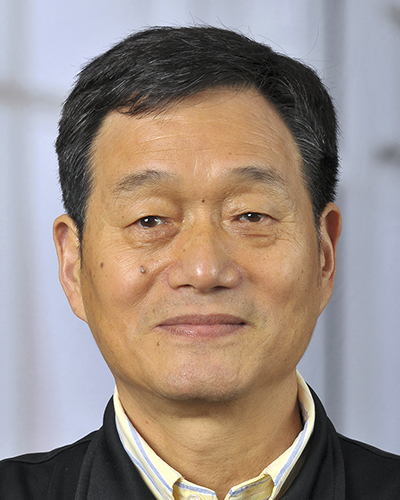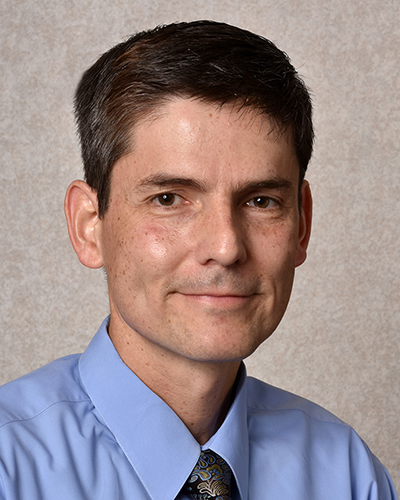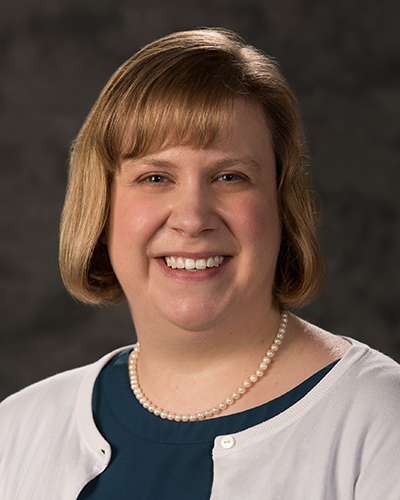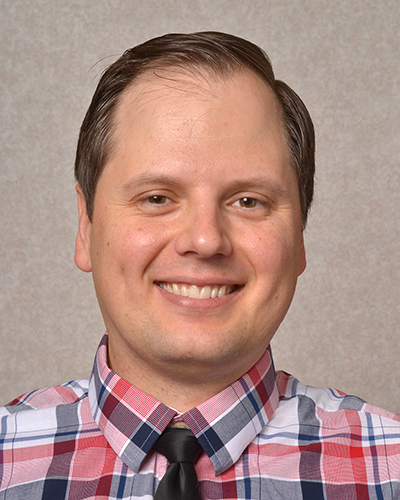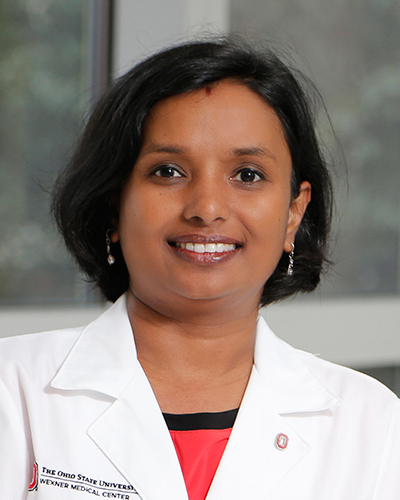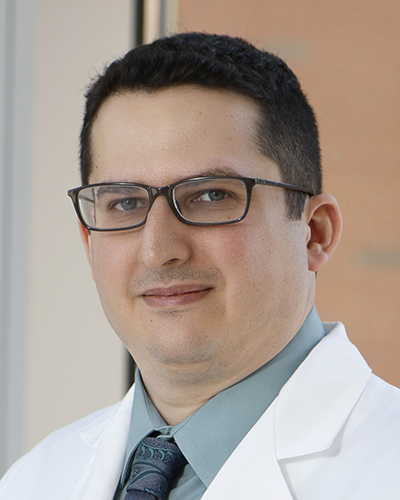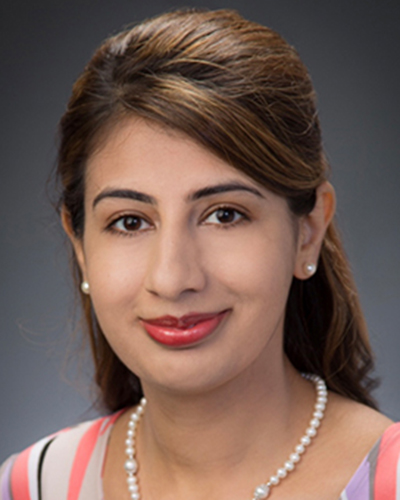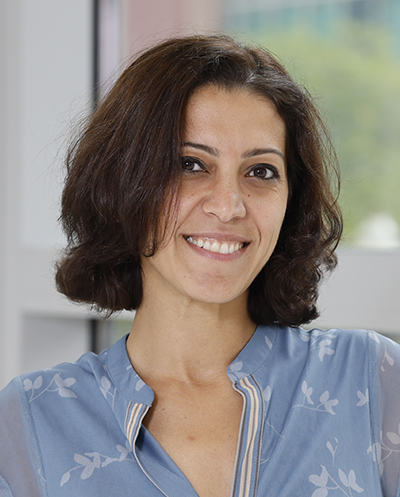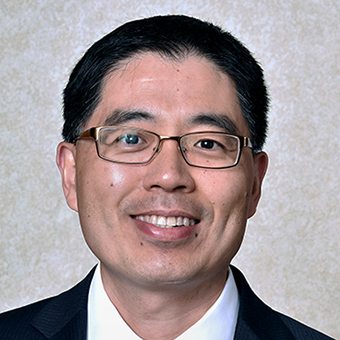
E403 Doan Hall
410 W. 10th Ave
Columbus, OH 43210
Link to director's bio
Center of Excellence - Cytopathology
The Division of Cytopathology at OSUWMC currently performs diagnostic testing on approximately 30,000 Gyn and Non-Gyn cases per year. Gynecologic cytology consists of both FDA approved liquid-based platforms, ThinPrep and SurePath, with a few conventional specimens received yearly. This comprises about two-thirds of the total annual volume of Cytology specimens. Non-Gyn exfoliative cytology consists of a variety of specimens received by the department including CSF, body cavity fluids, bronchial washings/brushings/BALs, urine, washings and brushings from other body sites, as well as specimens collected by fine needle aspiration.
The Fine Needle Aspiration Biopsy service was created in the fall of 1998 by Dr. Paul E. Wakely, Jr. In 1999, the Cytopathology division trained one cytology fellow to perform FNAs on just palpable lesions. Today, the service has grown to provide training for two cytology fellows for palpable lesions and employs six full-time cytotechnologists who assist on the service in creating smears from aspirated material, staining, screening, and providing adequacy assessments. These procedures are now being performed in many areas of the University Health System including Radiology, Pulmonary (EBUS), GI (EUS/ERCP), ER, inpatient/bedside, Eye, and the Operating Rooms. The use of mobile carts containing a Diff-Quik staining set and a microscope have allowed for the ease of serving areas in different buildings as well as placing four permanent Diff-Quik stations with microscopes in areas having daily FNA procedures. The Cytopathologists provide preliminary adequacy/diagnoses on many of these FNA specimens. This assists the clinician in triage their patient, which may include reflexive testing using Flow Cytometry, immunostains, molecular tests such as EGFR, KRAS, ROS-1, and ALK studies of cell block material gained from these FNA procedures. In 2016, the Division of Cytopathology began using telepathology to assist with FNA specimens collected in the outpatient areas of the James Cancer Hospital. Real-time slide images are reviewed by the attending cytopathologist to provide an adequacy assessment or preliminary diagnosis. This service will extend to OSU East and other sites soon.
The Cytopathology division also provides adequacy assessments for touch prep imprints on core biopsies performed mainly in Interventional Radiology. This touch prep adequacy assessment has expanded over the years to include the areas of Pulmonary, EUS, and the ORs. By providing immediate feedback regarding the cellular material collected by a core biopsy, this has improved the quality of the specimen that is submitted for permanent. With advancements in technique, technology, and laboratory testing, the Division of Cytopathology at OSUWMC will continue to evolve as well and provide a high quality of service to clinicians and the patients we serve.
Clinical research and collaboration with basic research groups provides our residents and fellows ample opportunity to participate in research. Members of the division have spoken at national and international meetings including United States and Canadian Academy of Pathology (USCAP), American Society for Clinical Pathology (ASCP), American Society of Cytopathology (ASC), our own annual OSU Pathology Update Course, the Thyroid Cancer Conference at OSU, and other international seminars.
There is monthly interesting case conference with Cytology-Histology correlation which have greatly enhanced the diagnostic quality and improved the diagnostic skills of cytotechnologists, residents and fellows. In order to improve our cytotechnologists’ screening and interpretive skills in non-gynecologic, gynecologic and FNA cytology, we joined the American Society for Clinical Pathology (ASCP)’s Non-GYN and GYN glass slide assessment programs. These activities have improved the quality of patient care here at OSWUMC.


